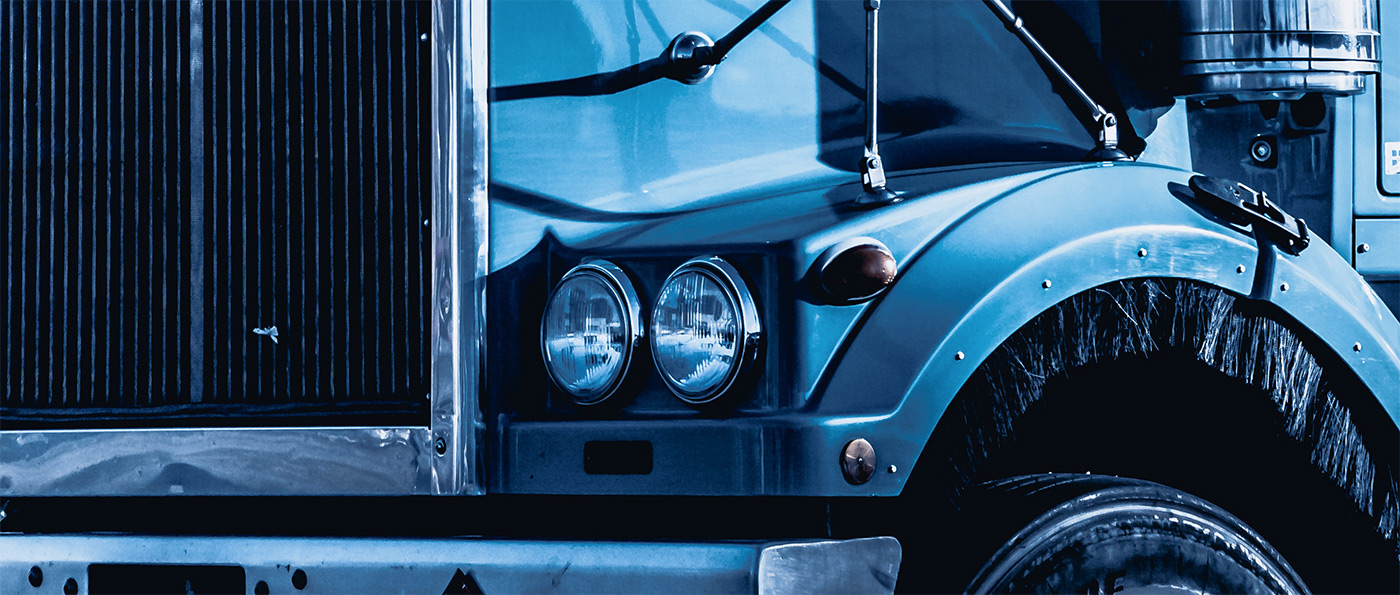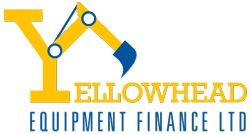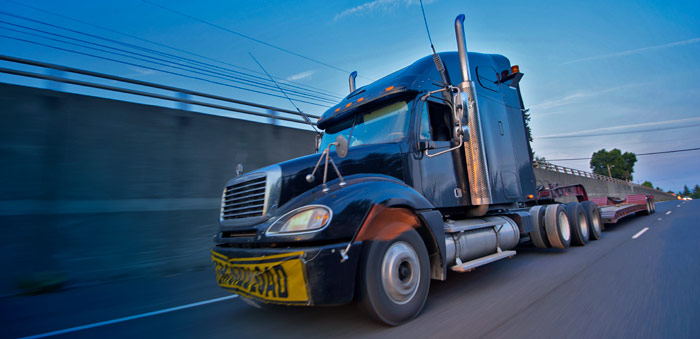
Pro’s and Con’s of Leasing and Financing
November 15, 2017
Does Cash-flow Control Your Growth?
December 29, 2017Tips to help you spot the sale of stolen equipment
Commercial theft and resale is not a new situation, and neither is unwittingly purchasing stolen equipment or product. In North America – it’s as old as Cattle Rustlin’. As a consumer / business owner your ability to sniff out a scam is critical, because if you make the mistake of purchasing stolen or illegally obtained equipment you risk more than losing just the purchase price.
Here are some guidelines to help ensure that you’re buying the real deal, and not getting caught with hot merchandise. This is particularly important when you’re looking for equipment and you’ll be arranging some kind of financing or leasing to support the acquisition.
Though this could perhaps be number one on the list, it’s perhaps a little more important than being on the list. If the equipment you’re looking at should have serial numbers, registration numbers or plates of some kind (like a VIN plate) and they are no longer attached or have been altered, you might want to take a pass.
1. If the price seems too good to pass up, you might want to.
The ‘smarter’ criminal element tends not to create red flags for buyers to spot – but that isn’t always the case. If something is rigged for a ‘quick sale’ or blowout price, it’s perhaps worth taking a longer look and paying more attention to other possible flags.
2. Research the Seller
Is the seller ‘recognized’ on a buy and sell platform? Are they a regular on ebay or kijiji – or is this a one time seller? Use the internet to search for other posts by the email address, or the phone number. Are there any patterns you notice?
If you meet the seller to look at the equipment, ask for identification so that you have some proof of their identity. For large ticket items – it’s worth taking photographs of any identification on the item, like a serial number, plate, or vin. If you’re certain you want to go ahead with the purchase – consider doing further proof of ownership verifications.
3. Proof of Ownership
Does the seller have a proof of ownership? Check for paperwork including bills of sale, registration paperwork, or maintenance paperwork to show some kind of ownership history.
For vehicles or high value equipment – you may want to perform a lien or debtor search to confirm that there isn’t something unexpected waiting for you.
4. Dealing with a 3rd party or an Agent
If you have an ‘agent’ standing in for the seller, and you can’t confirm the identity or relationship of the seller to agent – there may be something fishy.
If all of these things have you feeling pretty good – there’s one last chance for escape. If the seller expects payment in advance, and there isn’t a bank or lender involved to help assess the legitimacy of the transaction – you’re best off to exchange payment for goods in person. If this is met with resistance – consider the possibilities of why.
Even the best can be stung, but with careful research, a sharp eye, and the resolve to make a good purchasing decision rather than an emotional one you’ll find the equipment you need. Don’t be afraid to walk away from the deal if you aren’t comfortable.
Good luck and happy shopping!





